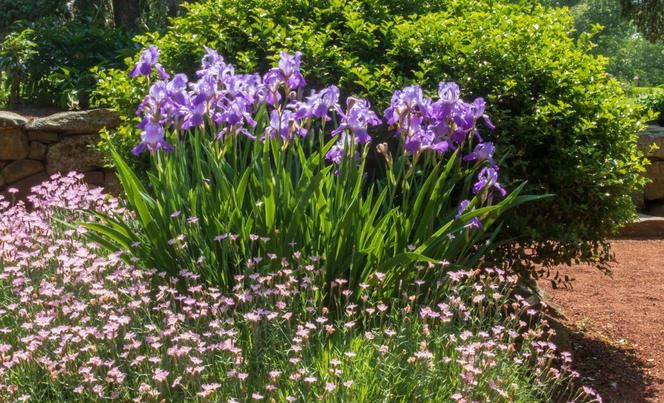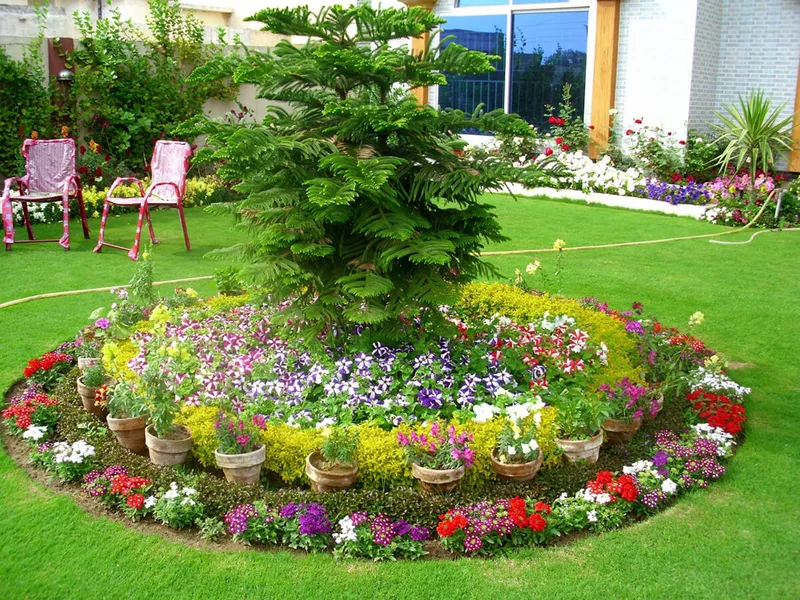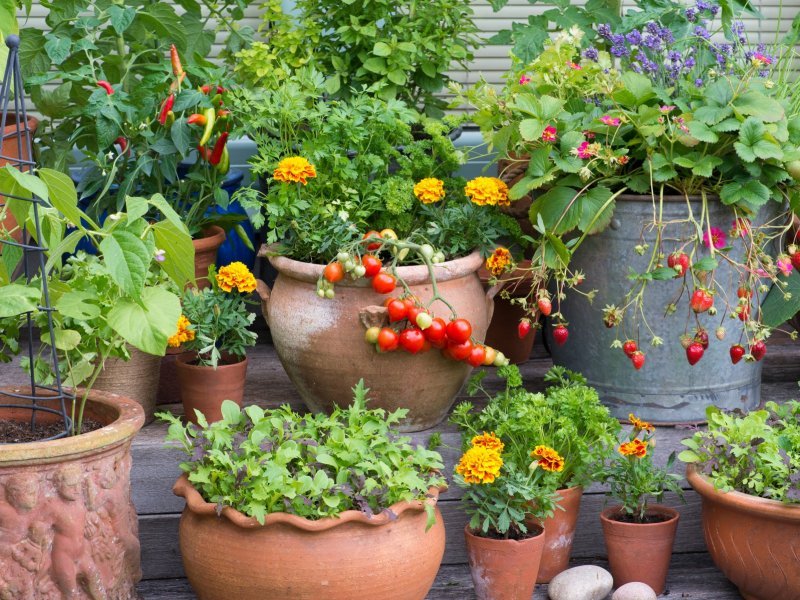The one rule that should at all times be observed about Growing bulbs is that the leaves must not be cut off, but allowed to develop fully, then die down naturally, a process that takes several weeks after flowering has finished.
The temptation to ‘tidy up’ when the flowers have gone, particularly when subjects are planted in grass that needs cutting for example lawns, orchards, etc. has to be avoided. The leaves are the food factory of the plant, and if they are cut off prematurely, the bulb suffers, and the next year’s flowers are affected, indeed there may not be any. Eight to ten weeks after flowering is the earliest the leaves can be safely removed. By then the life in them will have returned to the plant and their job is done.
This principle applies to all bulbs in every part of the garden. In a flower border, the clever gardener will disguise this untidy period by setting them among leafy plants that as they grow will hide the dying bulb foliage. Paeonies and hostas are good examples. Their large leaves, expanding quickly in early summer, will effectively cover the dying-back bulbs with no detriment to either plant. Many other herbaceous border plants and small deciduous shrubs can be used in this way.
Daffodils, tulips and hyacinths are, of course, magnificent for formal spring bedding, either massed alone, or interplanted with wallflowers, forget-me-nots, daisies or pansies. In these situations, because the bulbs have to be completely cleared after flowering for summer bedding plants to go in, a different technique must be used. The principle of the leaf nutrients returning to the bulb has to be maintained, even though they have to be moved; so they must be dug up carefully with the leaves intact and immediately replanted.
The ‘dying-down’ site can be in any spare bit of ground, the complete plants being laid down quite close together at an angle in a shallow V-trench, and the bulbs then covered with soil. A good watering will settle the soil round them, and help minimize the disturbance. After six weeks or so they can be dug up, cleaned off and stored dry for replanting in October. This digging-up operation can be made easier if the bulbs are buried in a plastic slatted basket, or even set with a piece of wire or plastic netting underneath them. This keeps them together when lifting for cleaning, and there is no fear of leaving any behind.
Even with such careful treatment, however, the effect of this enforced and untimely move of bulbs used for formal bedding will be seen in next year’s flowers. They are never quite so good in the second year. Flower quality will be down, and some may not flower at all. They are best planted in informal clumps in borders, or naturalized in uncultivated ground where they will give quite an acceptable overall display. And in subsequent years, if the position suits them, they should improve and multiply.
For a good reliable spring bedding display, it is always best to use new bulbs. In practice, however, this is an expensive business, particularly if large numbers are required.
***









